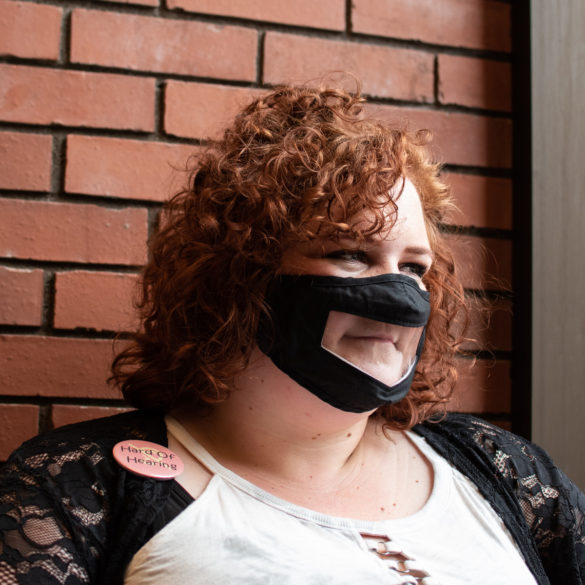Adaptive clothing lacks representation in modern-day brands, as those with disabilities seek out appropriate options.
“Find inspiration for the year ahead with the new cast of Tommy Hilfiger Adaptive.”
The blue, red, and white recognizable logo is modeled by individuals with down syndrome and prosthetics, among others, for Tommy Hilfiger’s 2021 adaptive line. Tommy Adaptive recently started in 2016, but the brand was one of the first in the fashion industry to tap the adaptive market.
Adaptive clothing, though, can be anything from magnetic buttons to sensory-friendly fabrics. For Elizabeth Love, it means shoes that can fit her orthotic.
Elizabeth has hemiplegic cerebral palsy, which only affects the left side of her body. She says cerebral palsy affects things like balance and coordination, which leads her to using crutches about 90% of the time.
“When it comes to clothing for me, I’m always thinking about things that will work with my crutches because obviously when you use crutches or any kind of medical aid, typically you have to have your hands free,” Elizabeth says.
One of Elizabeth’s biggest struggles is finding shoes that accommodate her orthotic insert. She often needs two different sizes, which can get expensive if the brand or store requires her to buy two pairs in order to make only one pair for her.
“Something I’ve always wanted to do is buy a pair of slip-ons. I also want shoes that are appropriate for my age. If you look at adaptive clothing, a lot of it is either really little-kid-type clothing or types of clothing that older people would wear,” she says.
Elizabeth finds that one of her favorite brands is American Eagle, specifically because of their leggings that have pockets. For others, though, they may still be struggling to find a brand that advertises clothing they could actually use.
Adaptive clothing is something unique to every individual and more necessary than someone just looking for their next trend to add to their wardrobe. Every disability requires something different that is almost never marketed, and as Elizabeth states, the representation is still very low.
People with physical disabilities often have to adapt into the mainstream clothing lines, but those like Elizabeth have stayed resilient in wanting to have their own style that speaks for them, the same way it does for anyone else.
“I’m stubborn, so I’m not willing to compromise.”




